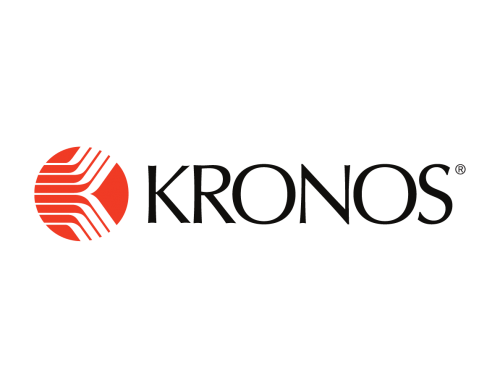There’s no denying that the workforce is changing. Today’s work environment is radically different to that of just twenty years ago. From the rise of new technologies that improve the way we’re connected, to the ageing population and a shift towards work-life balance; things are moving rapidly. While work was consuming more and more of our time, in recent years the demands of family life, education or elderly parents have challenged the typical 9 to 5 model, deeming it an incompatible ‘one-size-fits-all’ approach to working. Increasingly employees are pushing to attain more flexible schedules that help to achieve a healthier balance when managing the requirements of life. This shift has placed pressure on organisations to look to work models that meet the increasing need for flexibility.
Looking to a contingent workforce
From graduates to young parents, from busy singles to those edging on retirement; the desire for control over schedule and career is top of mind for many workers, often seeking to blend work with travel, study or family demands. While the millennial generation led the charge, the trend is spreading to a wide range of highly skilled professionals. More than 30% of the Australian workforce is now comprised of contingent workers (expected to reach 40%+ by 2020). Employers are embracing casualisation too. Organisations are more increasingly looking to engage contingent workers as a means to both manage the shift towards flexibility, the rising cost of labour and their agility in the changing workforce. Whether it’s outsourcing freelancers, contractors or developing a pool of casual workers, businesses are seeing the benefits hiring on an ‘on-demand’ basis has on increasing their bottom line.
New models need new technologies
A contingent work model challenges the norm of an employer-employee relationship. Not only is it an ever-changing environment, but often organisations operate with a large pool of contingent or casual workers, which requires technical assistance to facilitate a multi-directional flow of communication. It’s no longer feasible for managers to manually conduct the administrative tasks necessary for managing a contingent workforce. Rather than being tied up with mundane, meticulous tasks, management needs to focus on implementing more strategic staffing solutions that contribute to the overall goals of the organisation. This is where ShiftMatch comes in. Our sophisticated technology utilises multiple communication pathways to automate the process of matching available, qualified staff to open shifts. Previously, managers would spend hours making phone calls to fill shifts, which is inefficient, costly, lacked transparency and is opportune for misinformation. We give managers back valuable time and reduce organisational cost on labour and external resources; all by letting our tech do the heavy lifting when it comes to filling holes in the roster.
No more scrambling to find available staff at the last minute. Contact us today, to find out how we can help in your organisation.






Leave A Comment